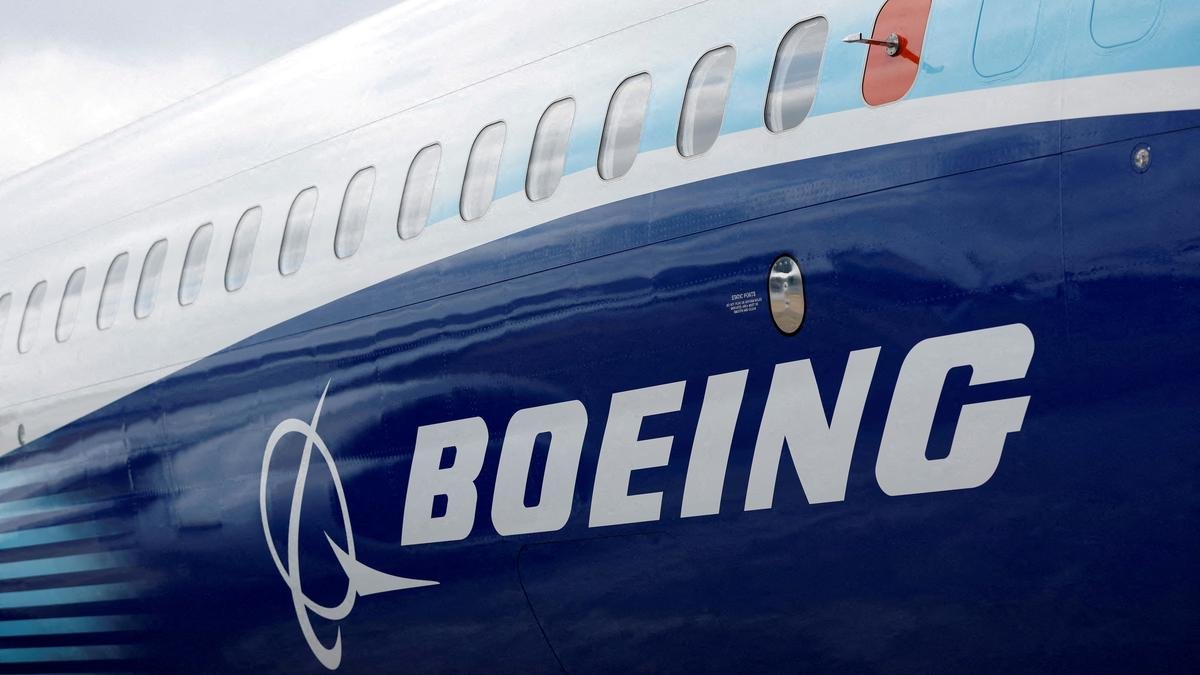Middle East Aviation in Turmoil: As diplomatic tensions persist, the Middle East’s skies remain volatile—marking one of the most severe aviation disruptions in recent years and leaving travelers and carriers anxiously awaiting safer skies
Air travel across the Middle East has been thrown into disarray as escalating tensions between Israel and Iran lead to widespread airspace restrictions, forcing over 500 flight cancellations and delays in a single day. Regional giants including Emirates, Qatar Airways, Oman Air, Kuwait Airways, and EgyptAir were severely impacted, with rerouted air corridors and last-minute schedule changes creating a domino effect of disruption across key hubs.
Dubai International Airport, the region’s busiest, was hit hardest with a staggering 374 delays and 80 cancellations. Low-cost carrier FlyDubai suffered the brunt, cancelling 68 flights and delaying 131 more. Even flagship airline Emirates, despite avoiding cancellations, recorded 128 delayed flights, revealing the extent of congestion as carriers scrambled to circumvent conflict-affected zones.
-
With over 518 flights disrupted across six major hubs, the situation has cast uncertainty on the region’s aviation stability
-
Regulators and the International Air Transport Association (IATA) have urged caution and avoidance of conflict zones
-
Airlines continue to revise routes daily, while passengers face unpredictable delays and cancellations
Ben Gurion International Airport in Israel faced a near shutdown, logging 153 cancellations amid stringent security and restricted airspace. El Al and Israir led the mass cancellations, while foreign carriers like Delta, United, and Etihad also suspended operations.
Tehran’s Imam Khomeini Airport reported 26 cancellations, while Jordan’s Queen Alia Airport saw 40 cancellations and 36 delays, mainly affecting Royal Jordanian and regional low-cost airlines. Sharjah and Istanbul Sabiha airports weren’t spared either, with dozens of delays each as aircraft repositioning and rerouting snarled operations.











